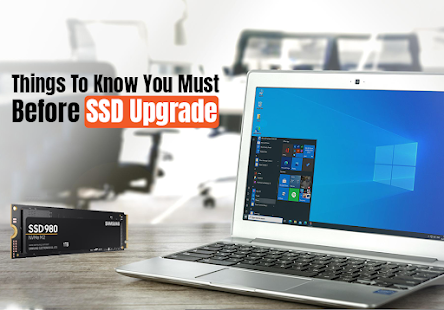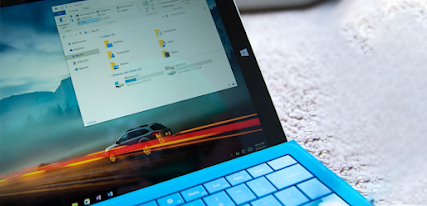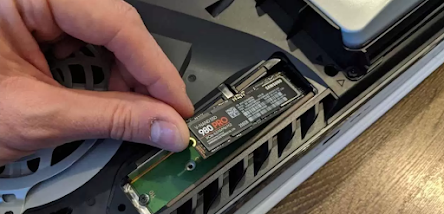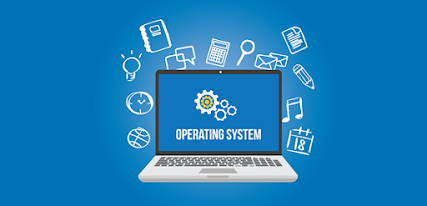In our tech-driven lives, laptops have become indispensable tools for work, communication, and entertainment. However, a cracked or malfunctioning laptop screen can disrupt your digital experience. In this article, we will explore the world of laptop screen repair, covering the reasons behind screen issues, the repair process, and how to prevent future problems.
The Evolution of Laptops
Laptops have come a long way since their inception. They have become sleeker, more powerful, and packed with advanced features. However, the one element that remains vulnerable is the screen. Modern laptop screens are thin, fragile, and prone to damage from accidental drops, pressure, or liquid exposure.Common Laptop Screen Issues
Cracked Screens
Flickering or Black Screens
Flickering screens or complete blackouts can be caused by various factors, including loose connections, faulty graphics cards, or internal component issues.
Dead Pixels
Dead pixels are tiny spots on the screen that do not display any color. They can be distracting and affect the overall viewing experience.Water Damage
Spills or exposure to moisture can damage the screen and internal components. Water damage may manifest as distorted images or complete screen failure.The Laptop Screen Repair Process
Assessment
When you bring your laptop for screen repair, the technician will first assess the extent of the damage. They will identify the issue and determine if the screen needs to be replaced or if it can be repaired.
Screen Replacement
In cases of severe damage or irreparable screens, a replacement is often the best solution. Technicians will carefully remove the old screen and install a new one, ensuring proper connections and functionality.Repairs and Fixes
For minor issues like flickering screens or dead pixels, repairs may be possible. Technicians will diagnose the specific problem and perform the necessary fixes.Quality Assurance
After the repair or replacement, a thorough quality check is conducted to ensure that the screen functions correctly. This includes testing for clarity, color accuracy, and responsiveness.Preventing Future Screen Issues
While accidents can happen, there are steps you can take to prevent future laptop screen problems:Use a Screen Protector: Applying a screen protector can provide an extra layer of protection against scratches and minor impacts.
Handle with Care: Avoid dropping or mishandling your laptop, especially when it's open.
Keep Liquids Away: Be cautious around liquids and keep drinks at a safe distance from your laptop.
Regular Maintenance: Periodically clean your screen with a soft, lint-free cloth and ensure that the laptop is dust-free.
Conclusion
Laptop screen repair is a valuable service that can extend the life of your device and save you from the cost of purchasing a new laptop. Whether your screen is cracked, flickering, or suffering from dead pixels, skilled technicians can diagnose and resolve the issue, bringing clarity back to your digital world.









